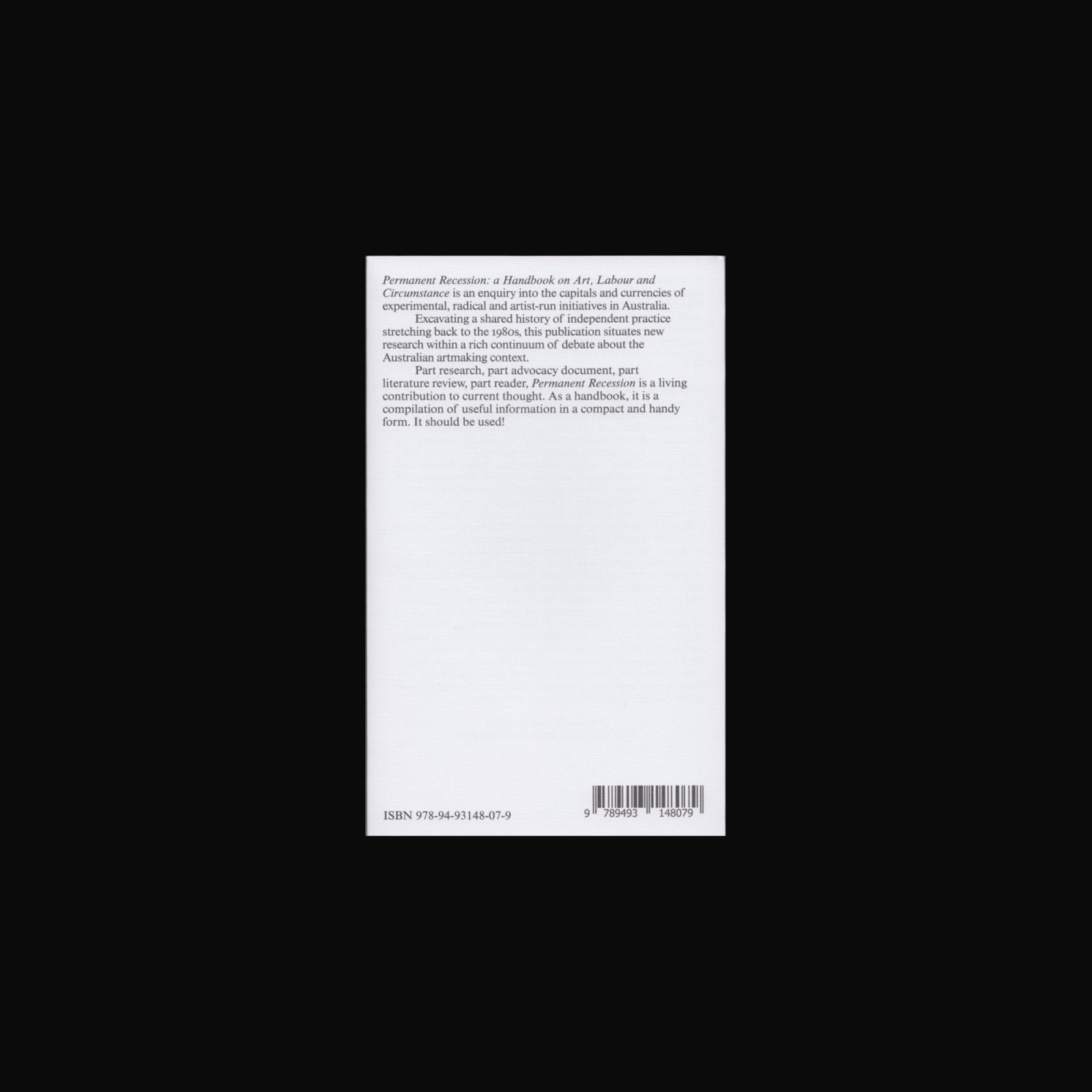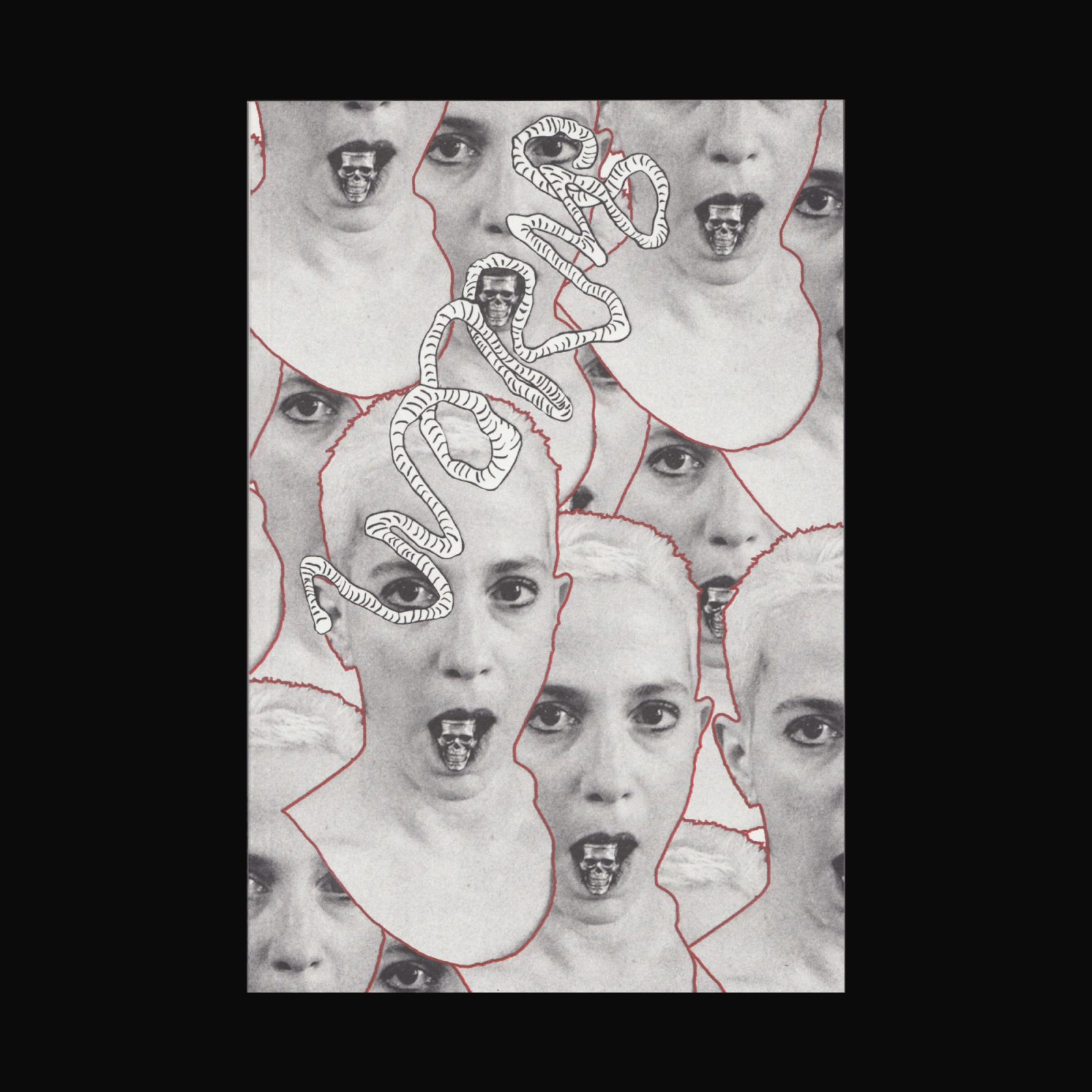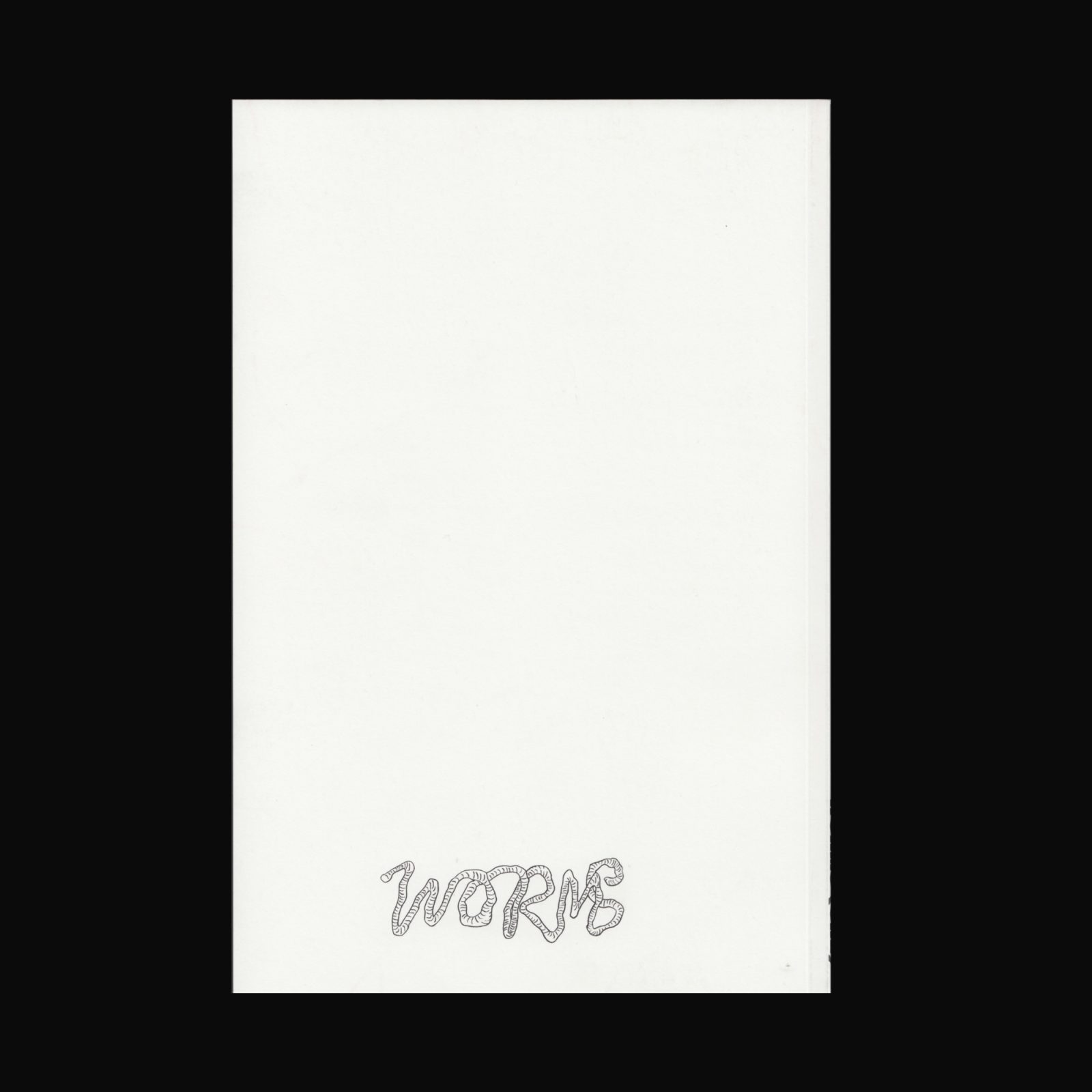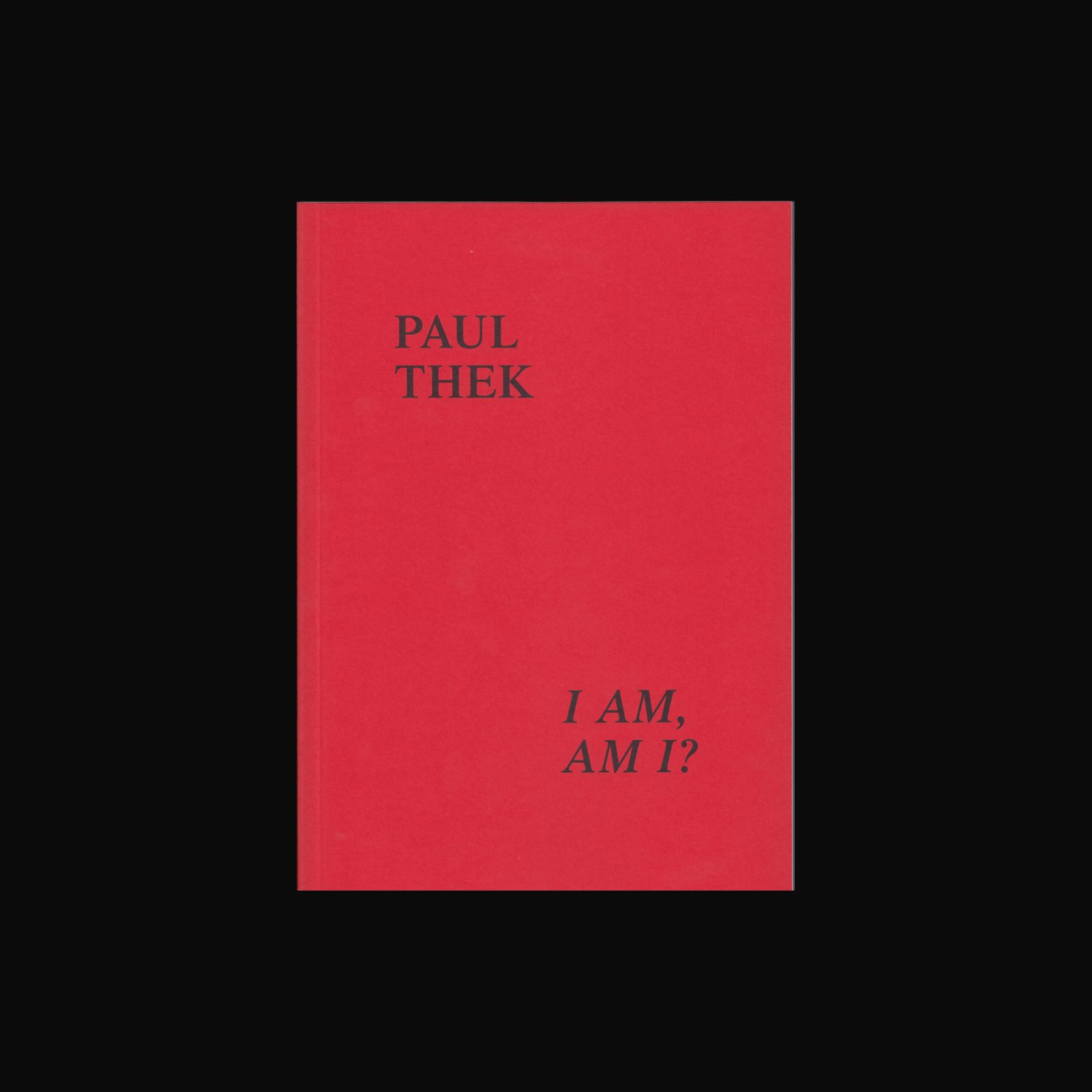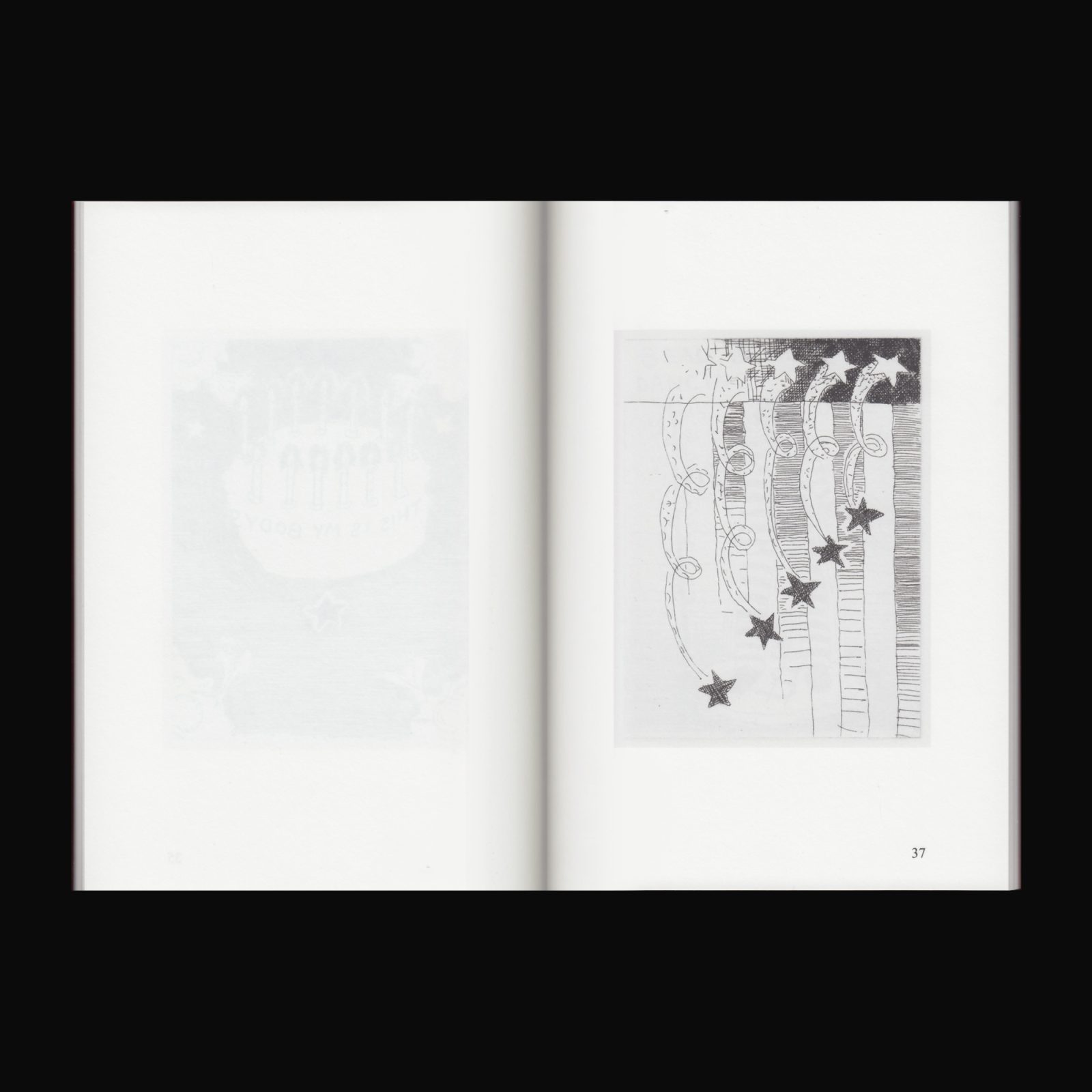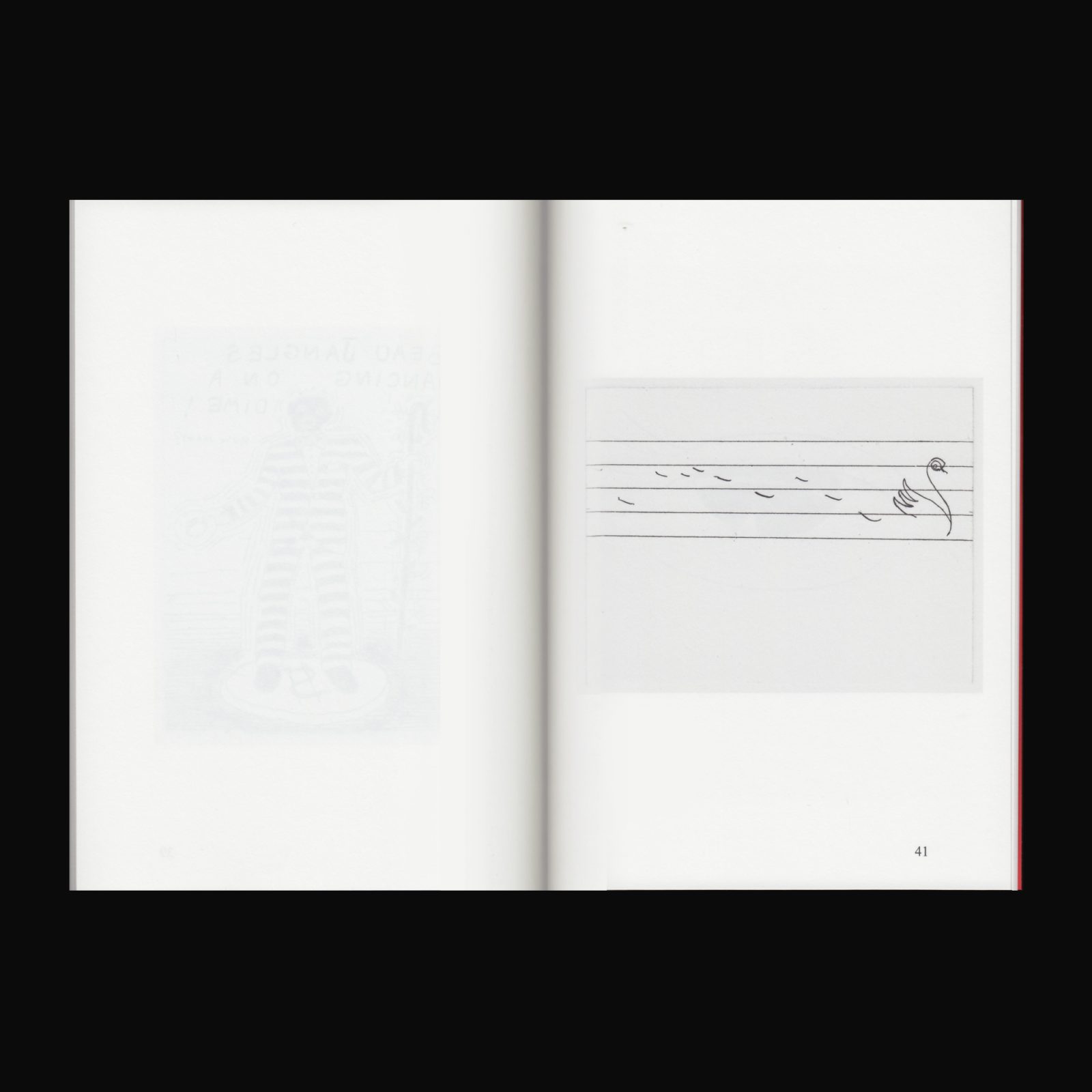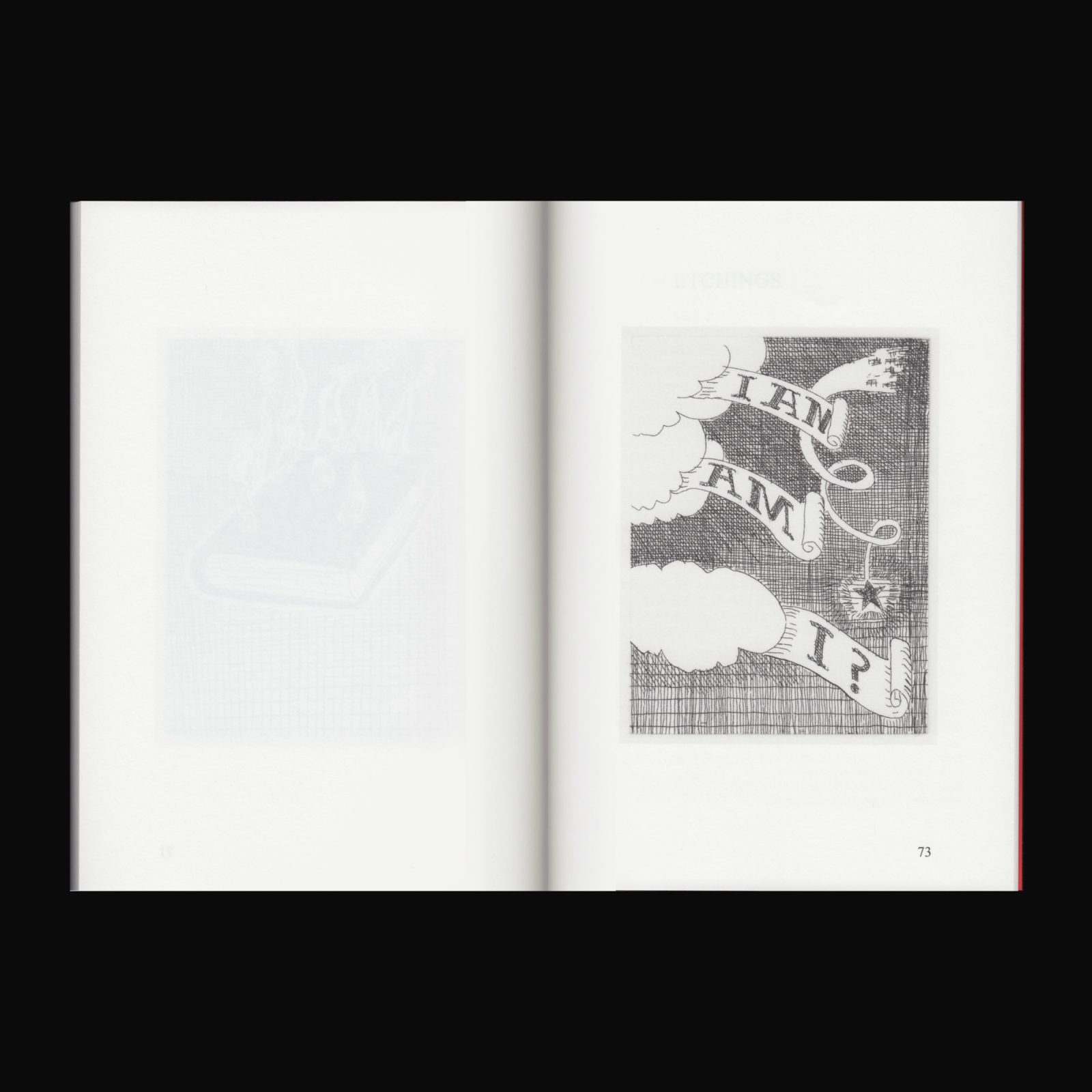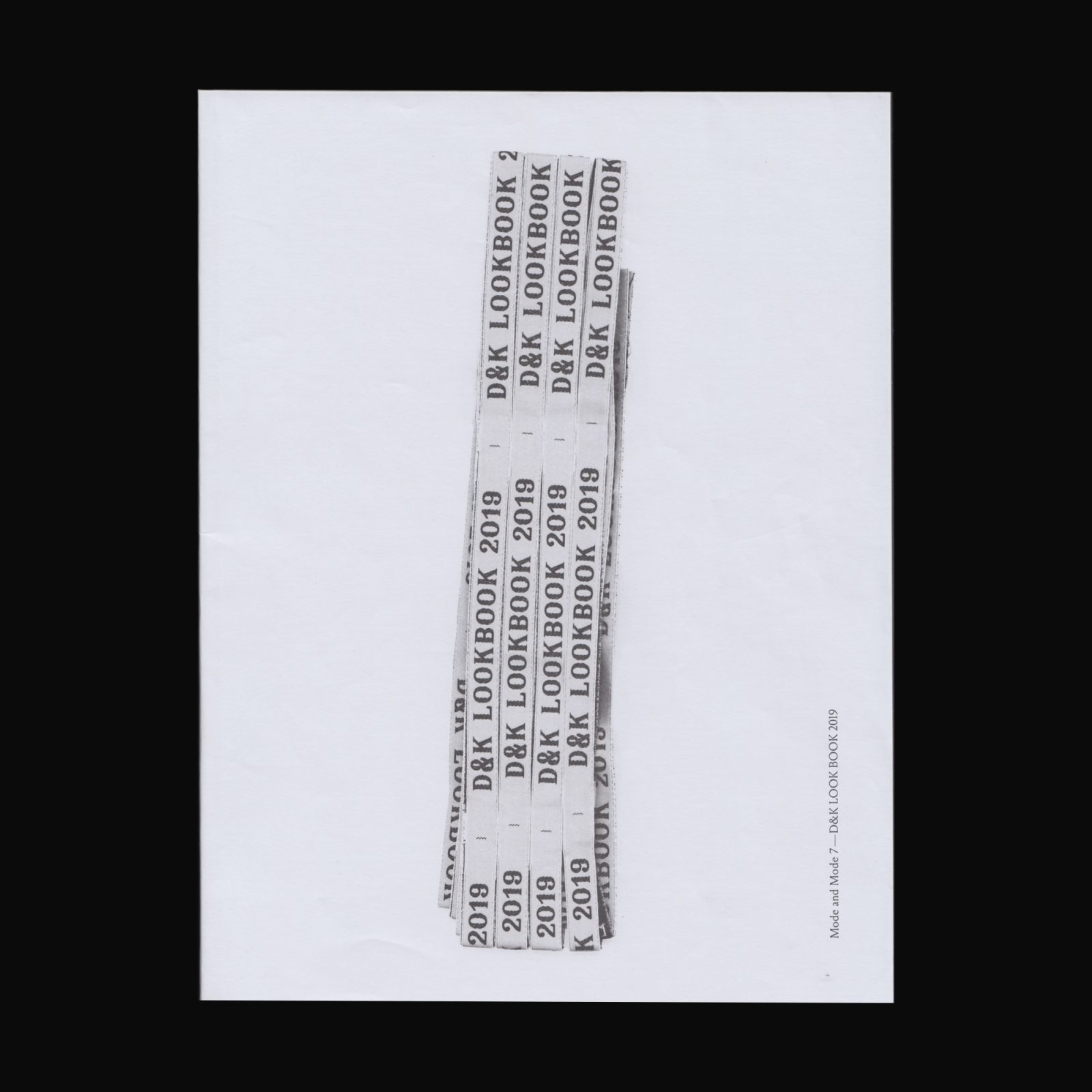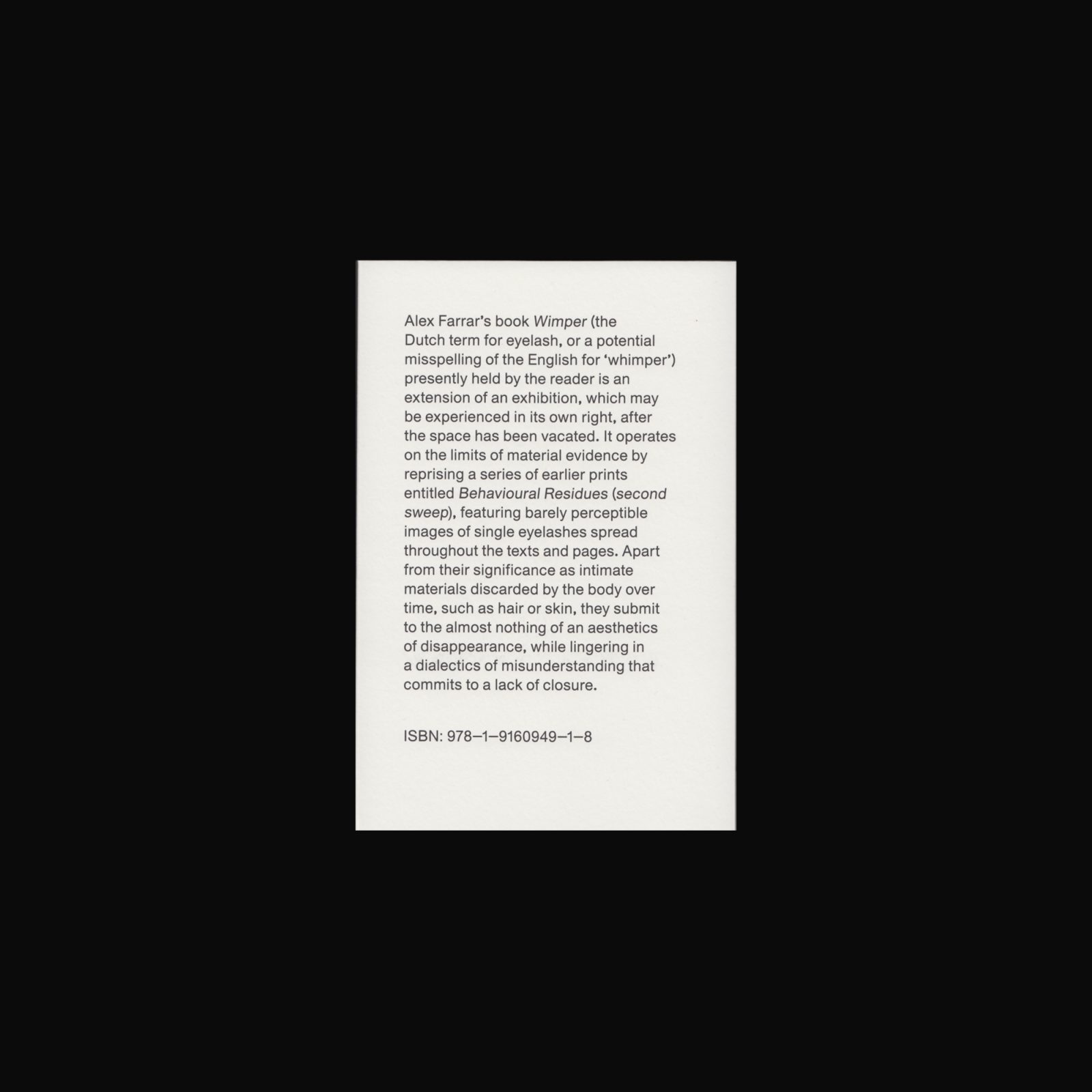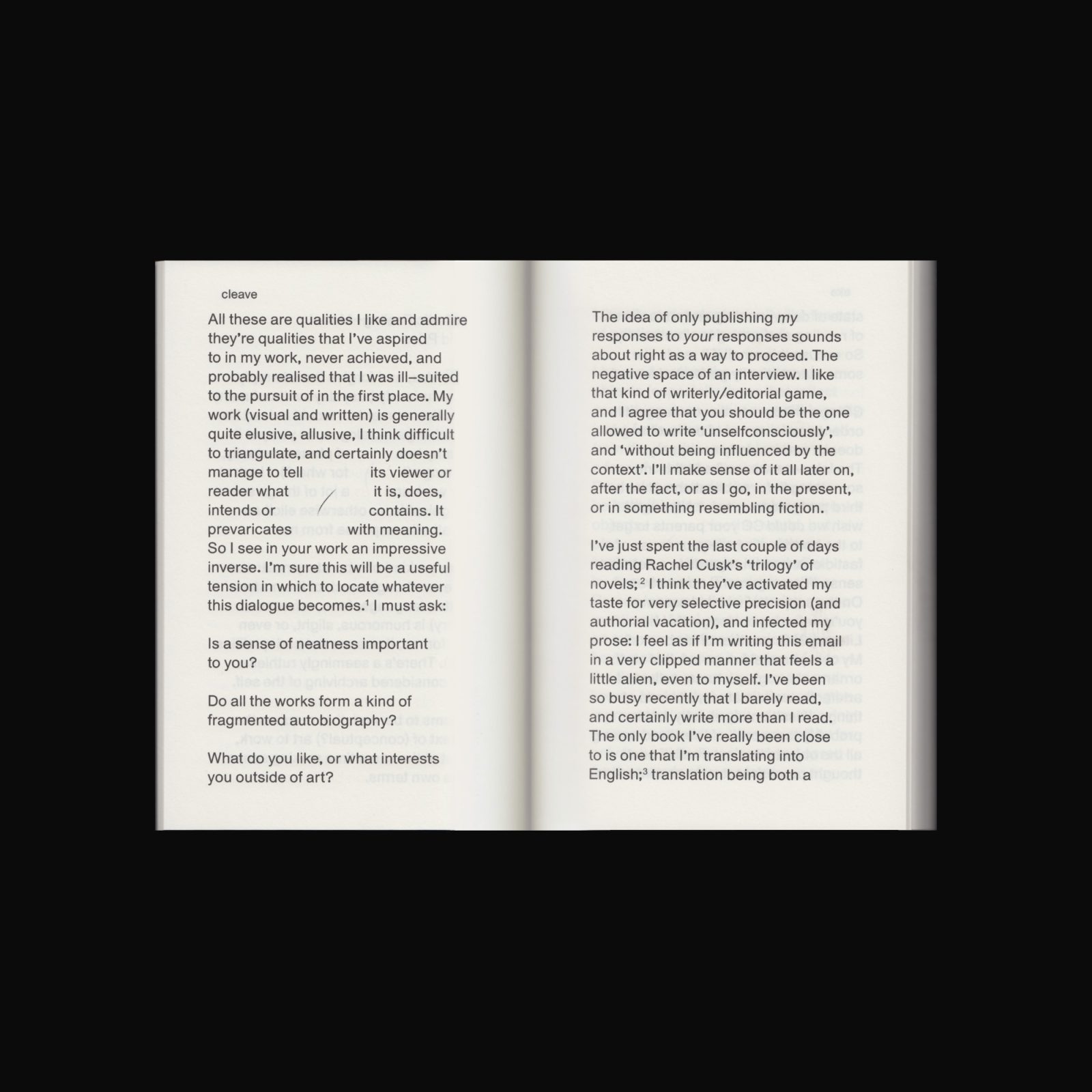Permanent Recession: a Handbook on Art, Labour and Circumstance is an enquiry into the capitals and currencies of experimental, radical and artist-run initiatives in Australia.
Excavating a shared history of independent practice stretching back to the 1980s, this publication situates new research within a rich continuum of debate about the Australian artmaking context.
Part research, part advocacy document, part literature review, part reader, part position paper, Permanent Recession is a living contribution to current thought. As a handbook, it is a compilation of useful information in a compact and handy form.
Designed by Paul Mylecharane and Kim Mumm Hansen of Public Office.


